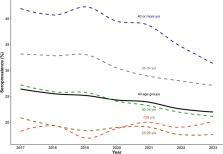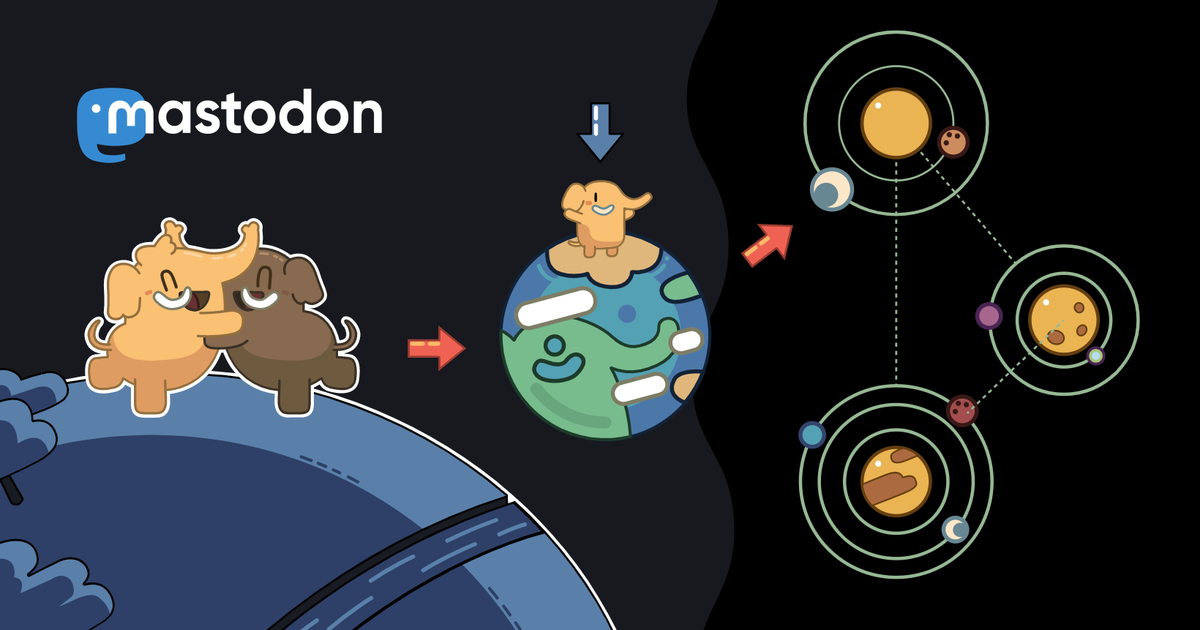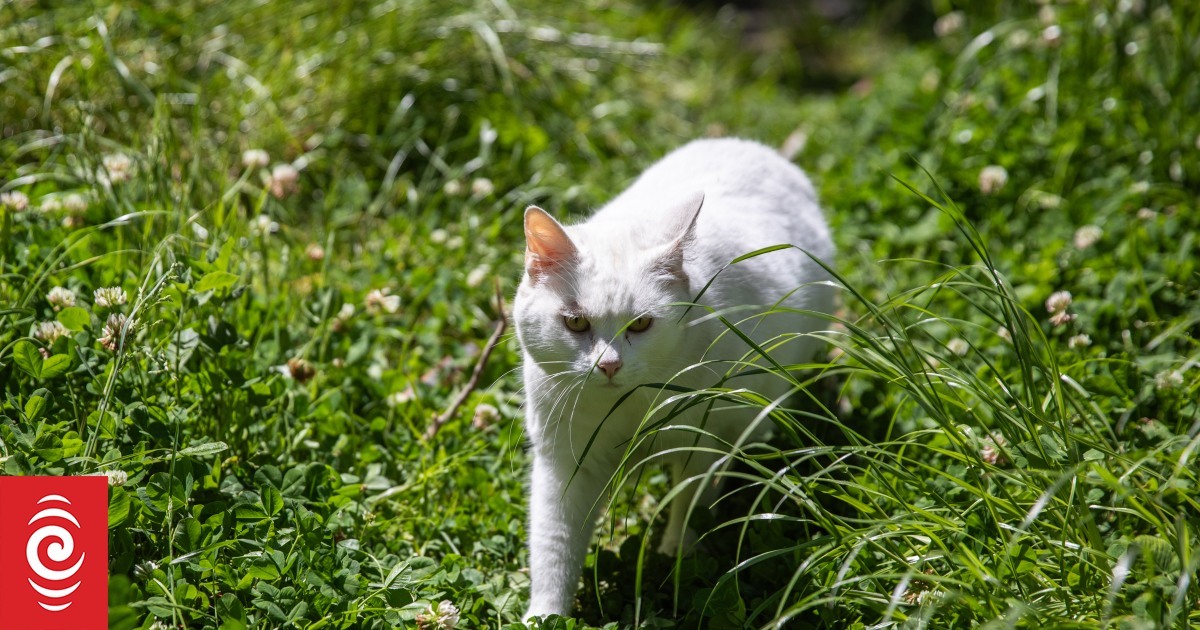'Epidemiological changes in Toxoplasma infection: a 7-year longitudinal study in pregnant women in Lyon, France, 2017–2023
Translated title: Évolution épidémiologique de l’infection à Toxoplasma : étude longitudinale sur 7 ans chez les femmes enceintes à Lyon (2017-2023)'
- an article in 'Parasite' by @EDPSciences on #ScienceOpen:
 https://www.scienceopen.com/document?vid=0024b3de-afb9-43b1-a6a8-285bffcc8003
https://www.scienceopen.com/document?vid=0024b3de-afb9-43b1-a6a8-285bffcc8003

ScienceOpenEpidemiological changes in <i>Toxoplasma</i> infection: a 7-year longitudinal study in pregnant women in Lyon, France, 2017–2023 <span class="so-article-trans-title" dir="auto"> Translated title: Évolution épidémiologique de l’infection à <i>Toxoplasma</i> : étude longitudinale sur 7 ans chez les femmes enceintes à Lyon (2017-2023) </span><p xmlns:xsi="http://www.w3.org/2001/XMLSchema-instance" class="first" dir="auto" id="d4166648e332">The epidemiology of
<i>Toxoplasma</i> infection is known to vary geographically, but is also likely to vary over time,
under the influence of many contributing factors. Monitoring is particularly useful
in the context of preventing congenital toxoplasmosis. We took advantage of the French
prenatal prevention programme to retrospectively assess changes between 2017 and 2023
in seroprevalence and incidence rates of
<i>Toxoplasma</i> infection in pregnant women and the incidence of congenital infections. We conducted
a longitudinal retrospective study including all pregnancies with known
<i>Toxoplasma</i> status followed up at Lyon’s public maternity hospitals between 2017 and 2023 (71,922
pregnancies). We used a multivariable logistic regression model to identify factors
(age-group, WHO region of origin, population density of the area of residence and
parity) associated with seropositivity. The seroprevalence of toxoplasmosis decreased
consistently from 26.4% in 2017 to 22.1% in 2023 (
<i>p</i> = 0.003), while maternal infection incidence remained stable at 1.3/1,000 pregnancies
at risk. Notably, the seroprevalence showed a linear increase with age from 18.9%
in women aged 25–29 years to 38.0% in women aged ≥40 years (
<i>p</i> < 0.001). The seroprevalence was lower in pregnant women living in rural areas [adjusted
seroprevalence ratio (aPR) = 0.87, 95% CI: 0.82–0.92] and higher in multiparous women
(aPR = 1.08, 95% CI: 1.04–1.12). This study confirms the ongoing decline in toxoplasmosis
seroprevalence while seroconversions remained stable, indicating a need for more tests
in seronegative women in the future. These findings highlight the need for ongoing
monitoring and refinement of congenital toxoplasmosis prevention strategies in high-income
countries.
</p><p xmlns:xsi="http://www.w3.org/2001/XMLSchema-instance" class="first" dir="auto" id="d4166648e350">Il est connu que l’épidémiologie de l’infection à
<i>Toxoplasma</i> varie selon les zones géographiques, mais elle est également susceptible de varier
au fil du temps, sous l’influence de nombreux facteurs contributifs. La surveillance
est particulièrement utile dans le cadre de la prévention de la toxoplasmose congénitale.
Nous avons exploité le programme français de prévention prénatale pour évaluer rétrospectivement
l’évolution entre 2017 et 2023 de la séroprévalence et des taux d’incidence de l’infection
à
<i>Toxoplasma</i> chez les femmes enceintes, ainsi que de l’incidence des infections congénitales.
Nous avons mené une étude rétrospective longitudinale incluant toutes les grossesses
dont le statut toxoplasmique était connu, suivies dans les maternités publiques de
Lyon entre 2017 et 2023 (71 922 grossesses). Nous avons utilisé un modèle de régression
logistique multivariée pour identifier les facteurs (tranche d’âge, région d’origine
OMS, densité de population du lieu de résidence et parité) associés à la séropositivité.
La séroprévalence de la toxoplasmose a diminué de façon constante, passant de 26,4 %
en 2017 à 22,1 % en 2023 (
<i>p</i> = 0,003), tandis que l’incidence de l’infection maternelle est restée stable à 1,3/1
000 grossesses à risque. Il est à noter que la séroprévalence a montré une augmentation
linéaire avec l’âge, passant de 18,9 % chez les femmes âgées de 25 à 29 ans à 38,0 %
chez les femmes âgées de plus de 40 ans (
<i>p</i> < 0,001). La séroprévalence était plus faible chez les femmes enceintes vivant en
zone rurale [rapport de séroprévalence ajusté (aPR) = 0,87, IC à 95 % : 0,82-0,92]
et plus élevée chez les femmes multipares (aPR = 1,08, IC à 95 % : 1,04-1,12). Cette
étude confirme la baisse continue de la séroprévalence de la toxoplasmose, tandis
que les séroconversions sont restées stables, ce qui indique la nécessité de réaliser
davantage de tests chez les femmes séronégatives à l’avenir. Ces résultats soulignent
la nécessité d’une surveillance continue et d’un perfectionnement des stratégies de
prévention de la toxoplasmose congénitale dans les pays à revenu élevé.
</p>




